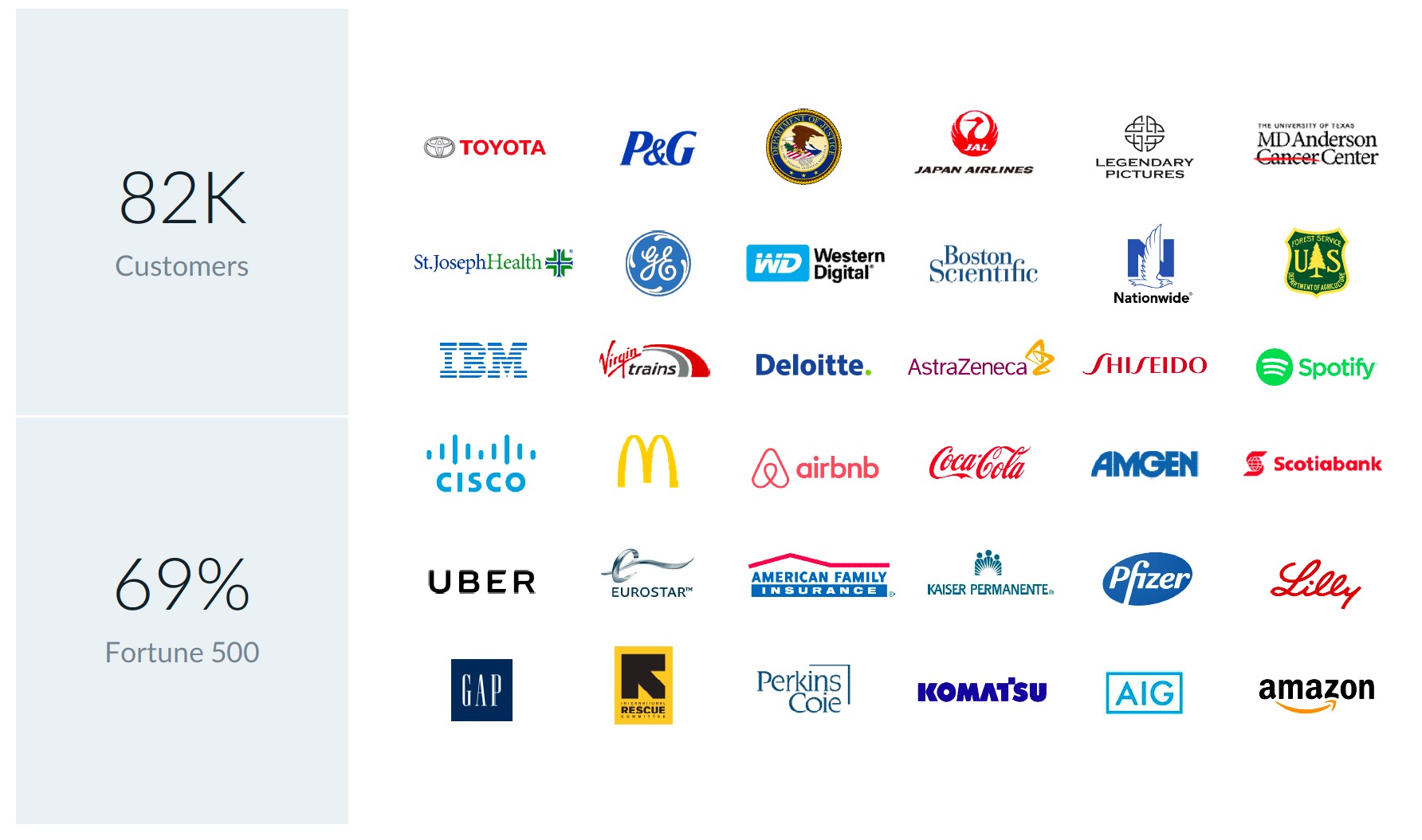LEAPS: The Joel Greenblatt Way to Bet on Entercom (ETM) and GameStop (GME)
Member Write-up by VETLE FORSLAND
Investing in companies with big upsides (and big downsides) with LEAPS, instead of common stock, to up your return (and minimize risk)
If you believe that a stock is excessively mispriced, and you want to buy that stock, there is a way for you to translate a say, 30% gain into a triple digit gain. It’s called LEAPS, or “Long-Term Equity Anticipation Securities”, and if used wisely, it is one the best ways to leverage your investment returns as a retail investor. Joel Greenblatt wrote about it in “You Can Be A Stock Market Genius”, where he described it as a tool that “has many of the risk/reward characteristics of an investment in the leveraged equity of a recapitalised company”. I recommend reading his bit on LEAPS, starting on page 213, as Greenblatt himself can show its pros and cons much better than I ever could. But, the strategy is basically buying stock options that expire 2 years down the road. Stock options are usually not attractive for long-term investors as they don’t allow sufficient time for a larger repricing, and are dependant on a short-term catalyst. However, as you can own LEAPS up till two years, chances are a stock that is severely and obviously mispriced will reach (or get close to) its fair value during your holding period.
Since, LEAPS are basically long-term options, how do options work? You can buy put options and call options, but in this case we will just look at calls, which is basically the right, but not the obligation, to buy a stock at a specified price within a specified time. For instance, let’s say you purchase a call option on shares of GameStop (GME) with a strike price of $16 and an expiration date of August 10th 2018. This option contract would give you the right to purchase 100 shares of GameStop at a price of $16 on August 10th, but as this right is only valuable if GameStop is trading above $16 on the expiration date, you risk expiring the option valueless. Right now, you can buy one call option on GameStop for August 10th for $0.50, which represents 100 underlying shares of stock, so the cost of a trade of 100 call options will be $5,000 (($0.50 x 100) x 100 shares. If by August 10th, GameStop trades at $17, the buyer could use the option to purchase those shares at $16, then immediately sell them for $17. Therefore, the option will sell for $1 on August 10th, and as each option represents 100 underlying shares, and our hypothetical trader bought 100 options, this will all total a sell price of $10,000. Because the trader bought this option for $5,000, the net profit equals $5,000 – comparably, a common stock buyer would have had to invested $160,000 to make the same profit from the same trade.
If, however, GameStop stock trades for $16.50 at the expiration date, …
Read more
